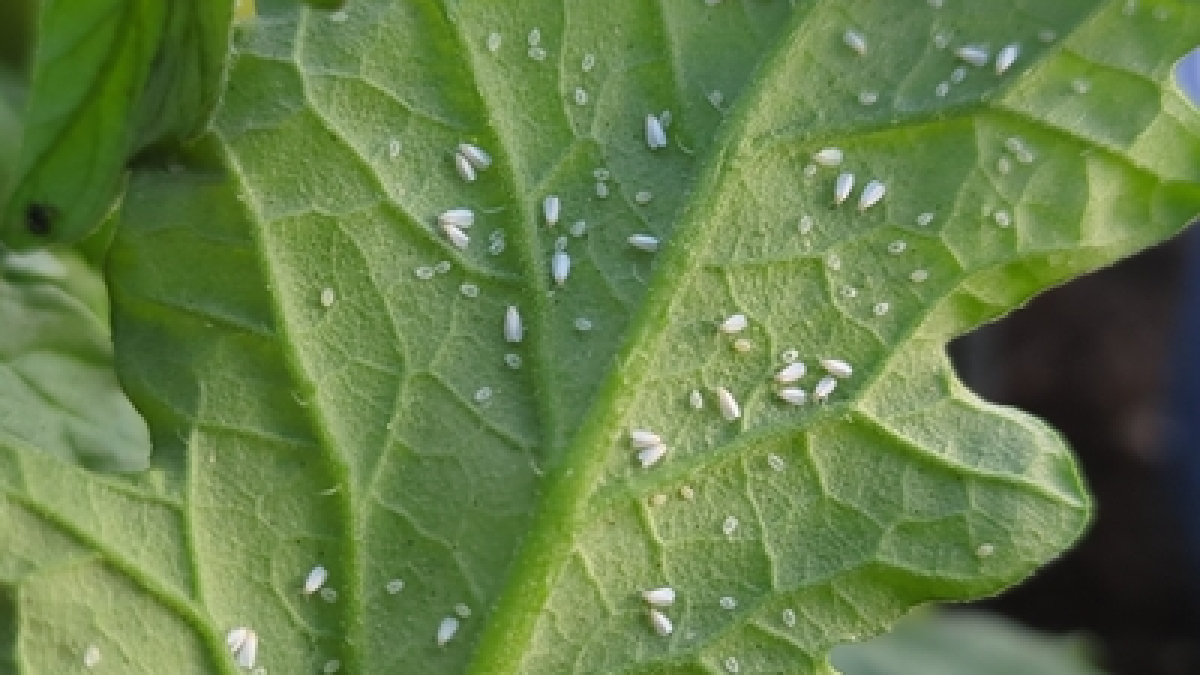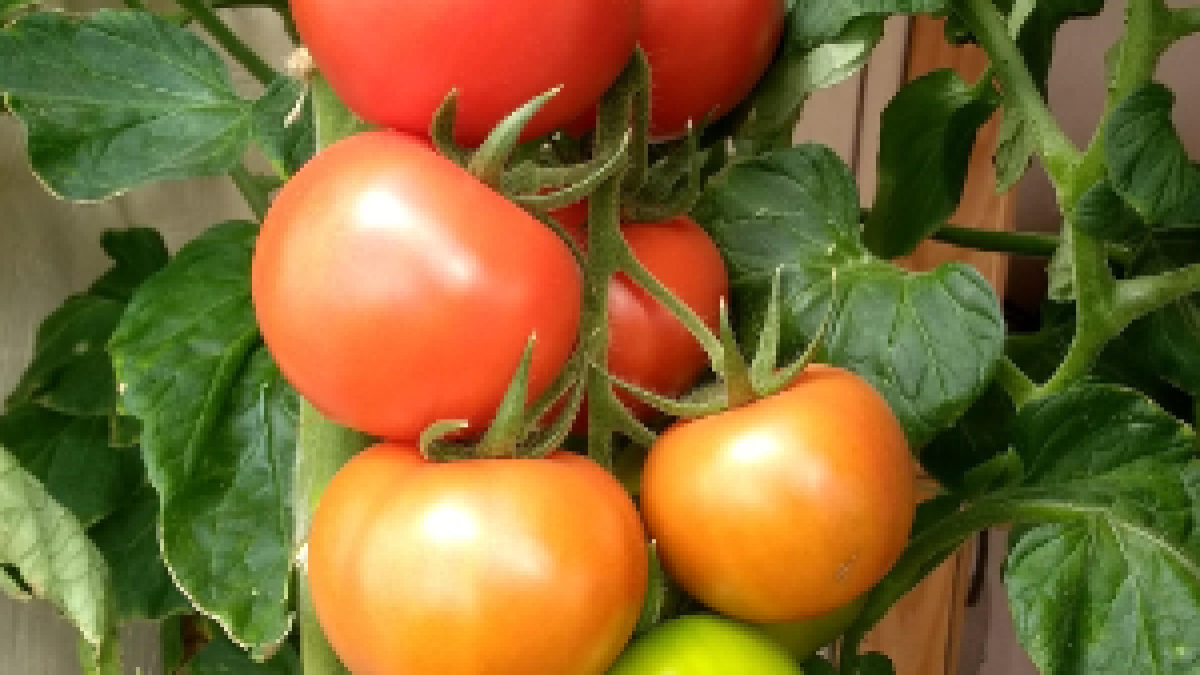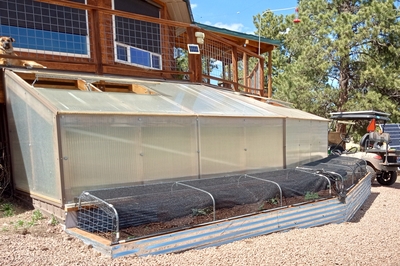WHITEFLIES
DO THEY LIVE IN THE MOUNTAINS?

We don’t have very many bugs here in the mountains: no mosquitoes, no squash bugs, no tomato hornworms, no Colorado potato beetles, no cucumber beetles and very few cabbage worms. (Jealous?) But after 9 years gardening here, the whiteflies found us in 2024-2025.
Shortly after we constructed our greenhouse I was telling a local friend about it. She told me she’d abandoned her greenhouse because the whiteflies were so bad. I’ve been keeping my eye out ever since, and felt fortunate that I hadn’t seen them. I don’t know why it took them so long or where they could have come from. Now I’m at wit’s end.
Whiteflies were first a problem in the greenhouse the summer of 2024, but after diligent spraying with spinosad soap and removing the affected plants, they were pretty well under control prior to and during the Fall ’24 and Winter ’25. Unfortunately, it seems that some of them happily survived in the heated greenhouse throughout that winter.
Spring 2025 they began their return and hit with a vengeance all summer long. I just could not get them under control. They were horrible. After shaking some of the plants (particularly the tomatoes) it was like snow flying around in the greenhouse. I think that since they never died off completely over the winter in the cozy greenhouse, they came back and multiplied. And multiply they did!
The whiteflies flew out of the greenhouse and began accumulating in the outdoor garden and I just couldn’t control them. They most liked the tomato plants, both in the greenhouse and in the bed outdoors directly adjacent to the greenhouse. They did a lot of damage to the tomato leaves, as seen in the photo, as well as to the tomato fruit. See more about the tomato damage in TOMATOES. Later they moved on to the zucchini and bean plants in the main outdoor garden. I didn’t see much damage to those, and still harvested plenty of zucchini & beans. But they were there, laying eggs & multiplying.

I did lots of research and tried every organic solution I could find: Spinosad Soap, insecticidal soap, neem oil mixed with insecticidal soap & water, lavender-scented or pepperment-scented castille soap mixed with mineral oil & water, marigold spray, isopropyl alcohol added to some of these sprays. All helped some, but the whiteflies kept returning and the plants and tomatoes were sticky from a combination of the honeydew left by the whiteflies and the sprays, left by me.
Marigolds are said to deter them, so I began planting more & more marigolds throughout the greenhouse–26 of them to be exact. Lavender is supposed to deter them, so I bought potted lavender plants to move around & keep near the most affected plants. After removing almost all the plants in the greenhouse & starting fresh in the fall ’25, I STILL have whiteflies in November, although not nearly as abundant.
Another suggestion, which I didn’t try much at first, was to spray all the leaves with a good strong stream of water to knock them off. I thought that seemed silly–that it wouldn’t kill them, only send them packing for a bit until they found their way back again. Surprisingly, this is now my method of choice. It may not kill all the whiteflies, but none of the other sprays did either. The spray of water is much cleaner, it knocks off the eggs in addition to the nymphs & adults, and doesn’t leave undesirable sticky soap or oil on the leaves. It removes some of the sticky honeydew that forms on the leaves from the whiteflies sucking the life out of them. I have to do this frequently to keep ahead, but so far the whiteflies are minimal. Fortunately with winter freezing and nothing for them to eat in the outdoor garden, they’ve left that area.
Our next plan is to remove all plants growing in the greenhouse by the end of December. For the month of January, we’ll turn off the heat and open the greenhouse windows & door to freeze out the greenhouse. We’ll also do a thorough cleaning of the greenhouse–all the nooks & crannies–to remove any trace of whiteflies. If that doesn’t kill them off, I don’t know what will. I only hope I don’t have as big a problem with them in the future as I did this summer.
Updates should come in the Spring of 2026!







